(QNO) - 69 years ago, on May 7, 1954, the "Determination to Fight - Determination to Win" flag of our Army flew on the roof of General De Castries' bunker.
The Dien Bien Phu victory, which resounded throughout the five continents and shook the world, crushed the French Navarre plan and completely ended the French colonial invasion of our country. That victory was the result of the Party's ingenious leadership, the result of the military art of people's war and taking advantage of opportunities to turn difficulties into advantages.
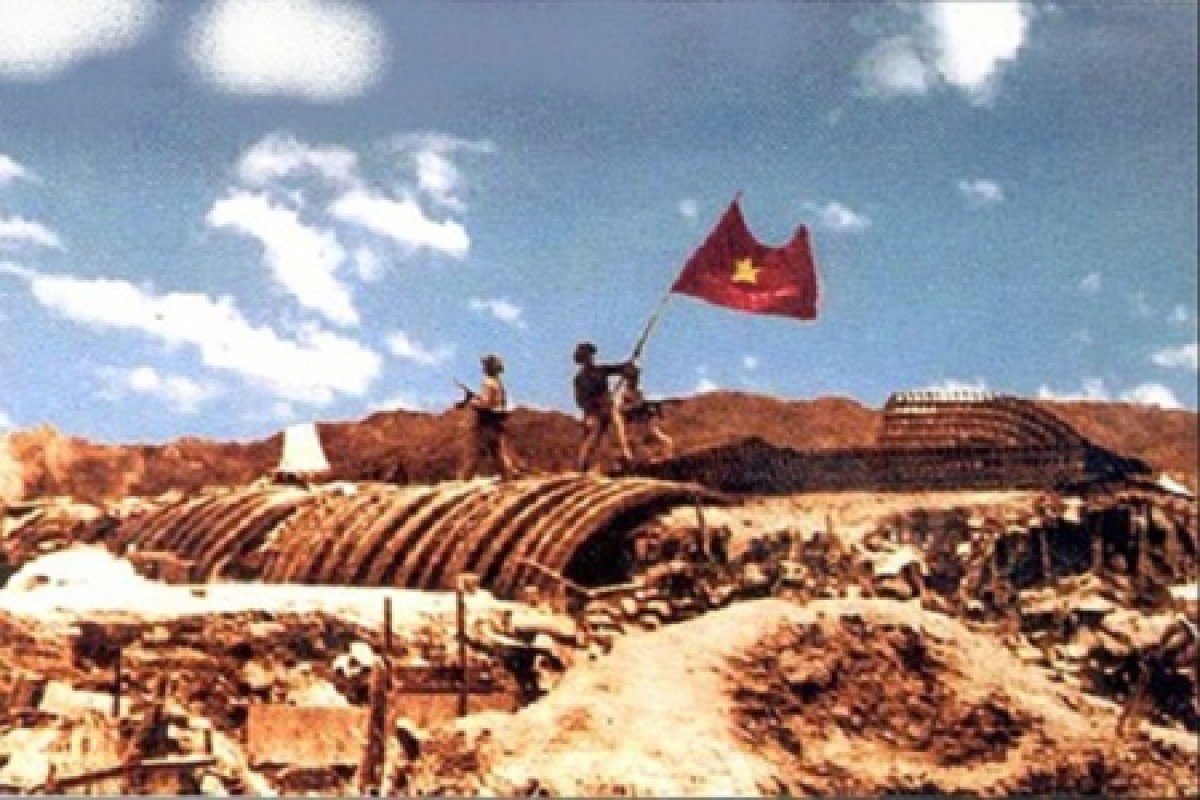
Lieutenant General Dang Quan Thuy, who was then in charge of monitoring the enemy situation in Dien Bien Phu, said: “The determination was very high and very flexible, changing the strategy from fighting quickly and resolving quickly to fighting steadily and advancing steadily. Because at first the enemy was small, later they were reinforced to 12 battalions, and the fortifications were solidly built. If we continued to fight quickly, there could be losses. Therefore, we had to switch to fighting steadily and advancing steadily, fighting step by step, fighting from the outside in.”
With the spirit of all efforts for Dien Bien Phu, during the campaign, local people contributed tens of thousands of tons of rice, thousands of tons of food, over 26,400 laborers, nearly 21,000 bicycles, hundreds of pack horses... The Northwestern people handed over rice fields and corn fields to the units to harvest, so that the troops could eat well and win. The art of people's war was raised to a new level, contributing to turning difficulties into advantages.
Associate Professor Dr. Nguyen Dinh Le, former lecturer of the History Department of the Hanoi University of Social Sciences and Humanities, commented: “During the 9 years of resistance, step by step we maintained our forces, but it had to be a people's war, of the entire people, not of anyone else, the armed forces were only the mainstay for the entire people to fight the enemy. That is why the victory in Dien Bien Phu was an invincible people's war.”
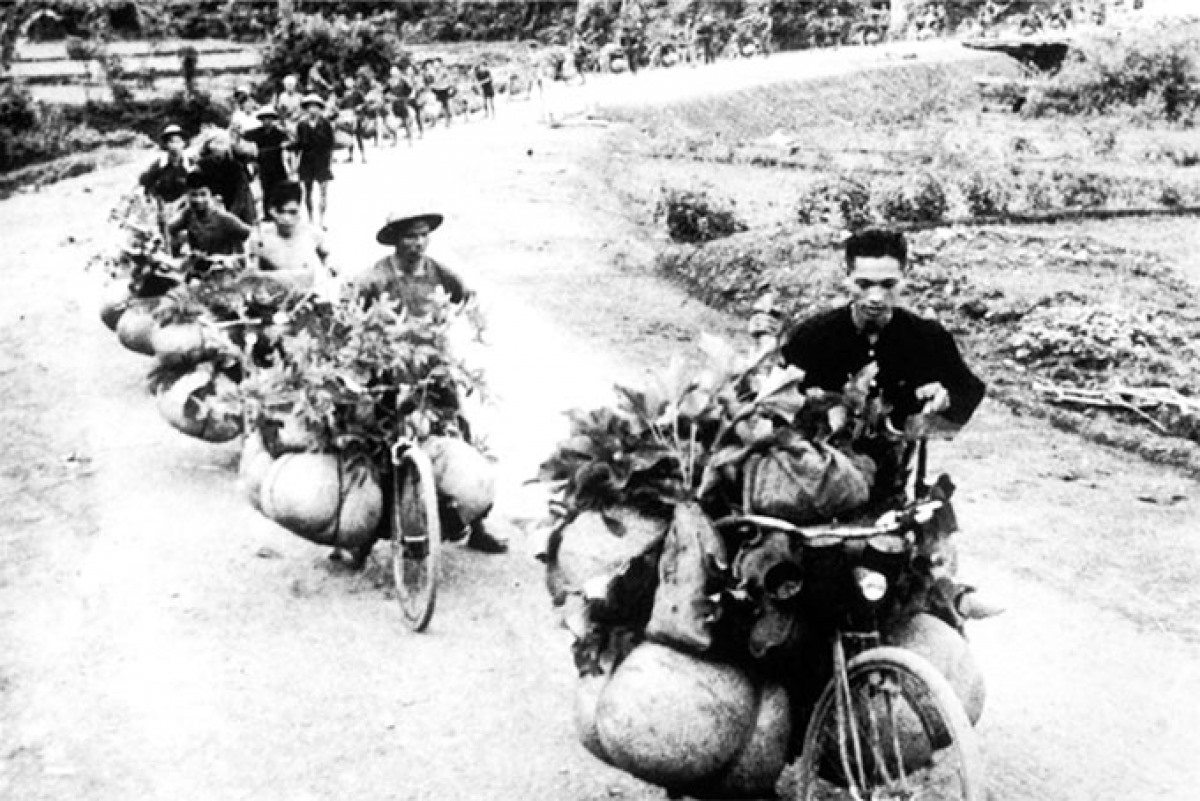
According to Colonel Vu Tang Bong, former officer of the Military History Institute, this was also a victory of tactics: "We are still far behind France and the US, but the important thing is how to use military and firepower to win. In terms of tactics, it has a new development, we destroy each stronghold one by one, following the plan of sure attack, sure victory."
From May 1 to May 7, 1954, our army captured the eastern strongholds and launched a general attack to destroy the entire Dien Bien Phu stronghold. At 5:30 p.m. on May 7, 1954, our army's flag of determination to fight and win flew over the roof of the enemy command bunker. By 12:00 p.m. that same day, all enemy troops had been taken prisoner.
According to Associate Professor Dr. Nguyen Manh Ha, former Director of the Institute of Party History, Ho Chi Minh National Academy of Politics, the victory had great symbolic significance: “As the army of a weak country, Vietnam at that time defeated and captured the entire garrison in the Dien Bien Phu stronghold. This had great symbolic significance, that in the face of such strong invading forces, the Vietnamese army and people could still win.”
55 days and nights of steadfast, brave and creative fighting, our army and people achieved the Dien Bien Phu victory that "resounded throughout the five continents and shook the world". The entire "invincible" Dien Bien Phu stronghold was completely wiped out by our army and people. This victory directly led to the signing of the Geneva Agreement on ending the war and restoring peace in Indochina; creating the foundation and conditions for our people to move forward to win the resistance war against the US, liberate the South, and unify the country in 1975.
Source


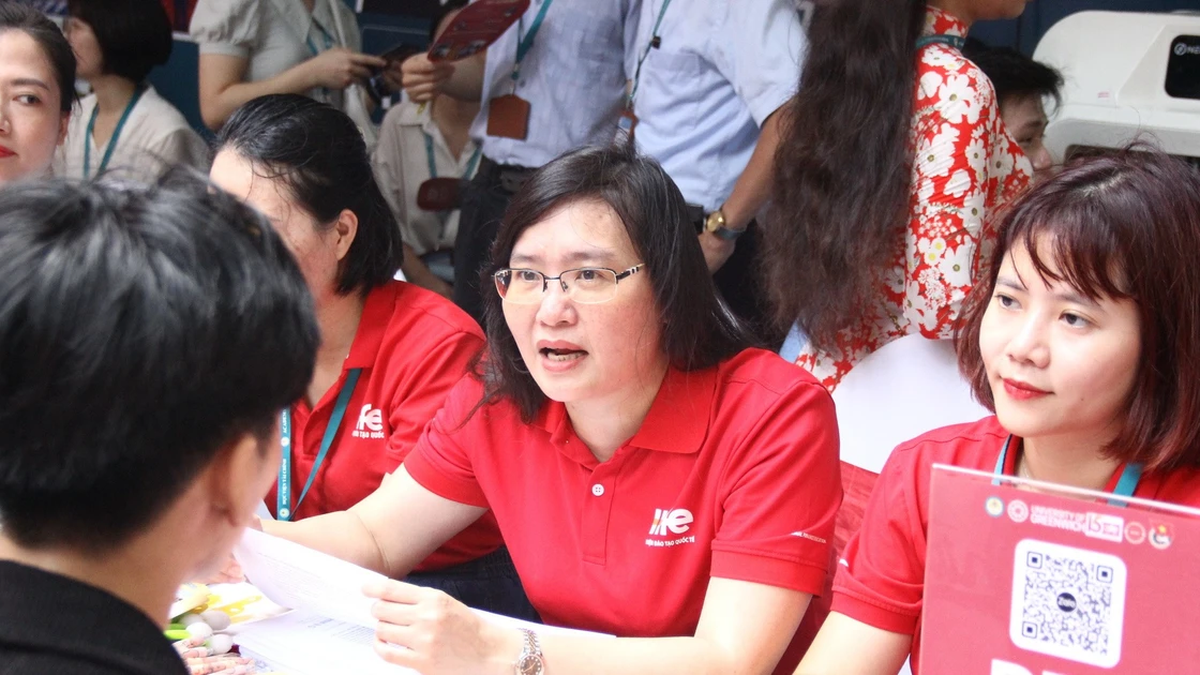
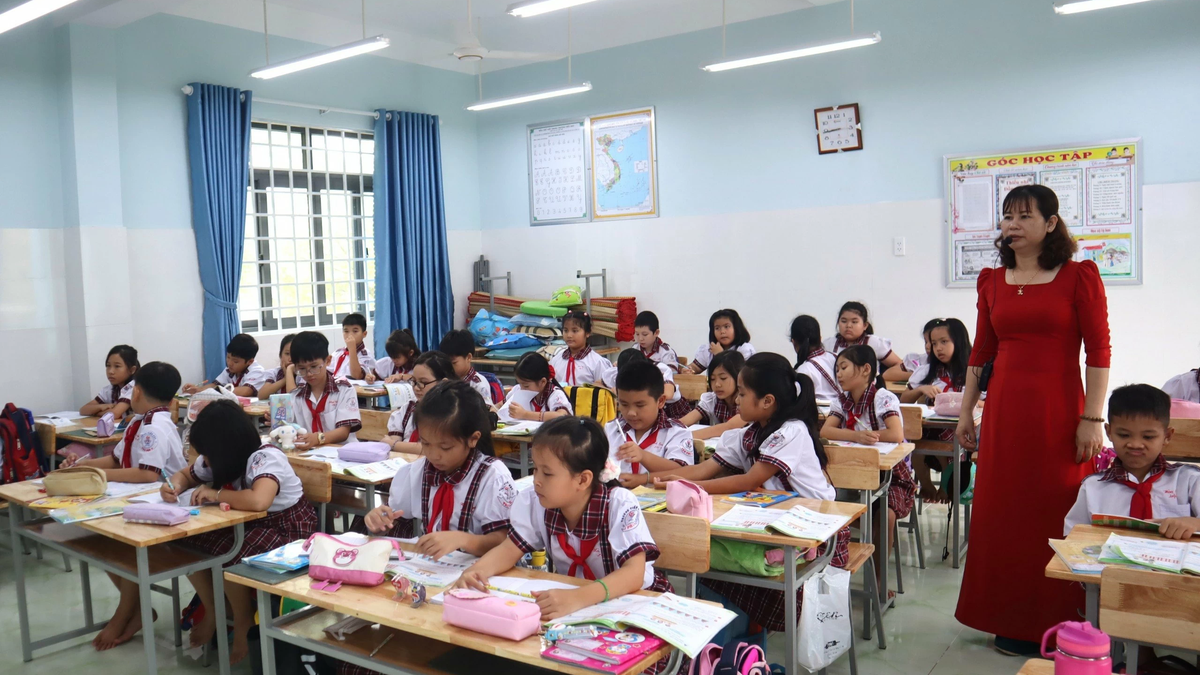
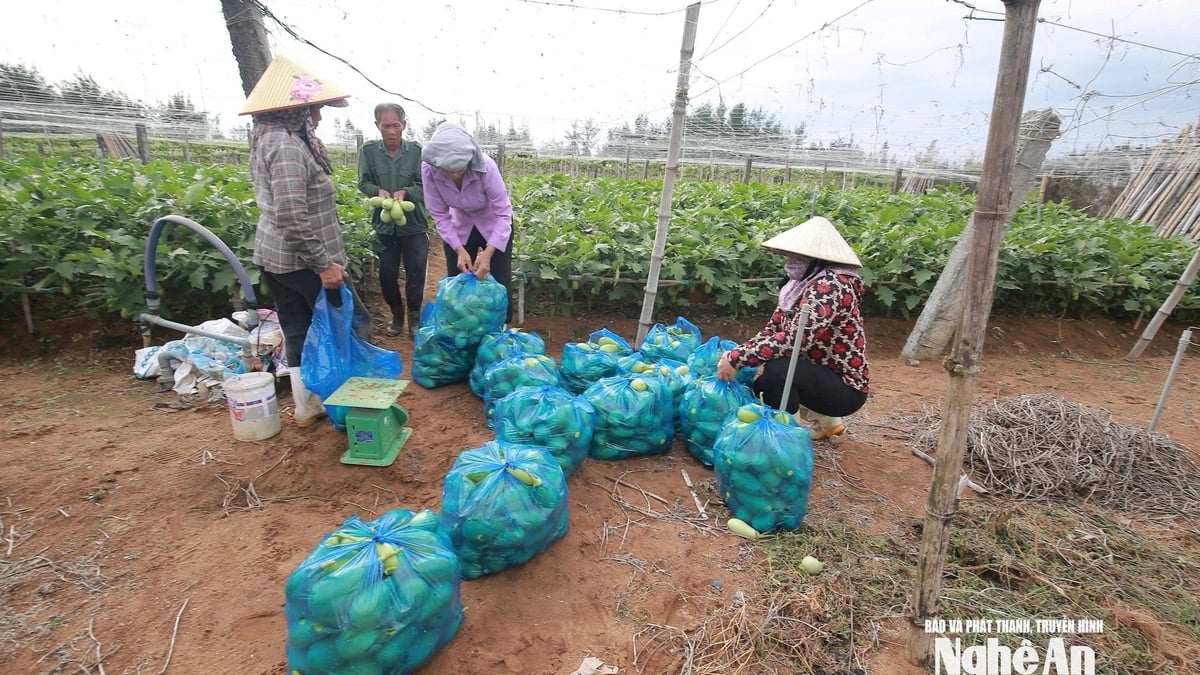
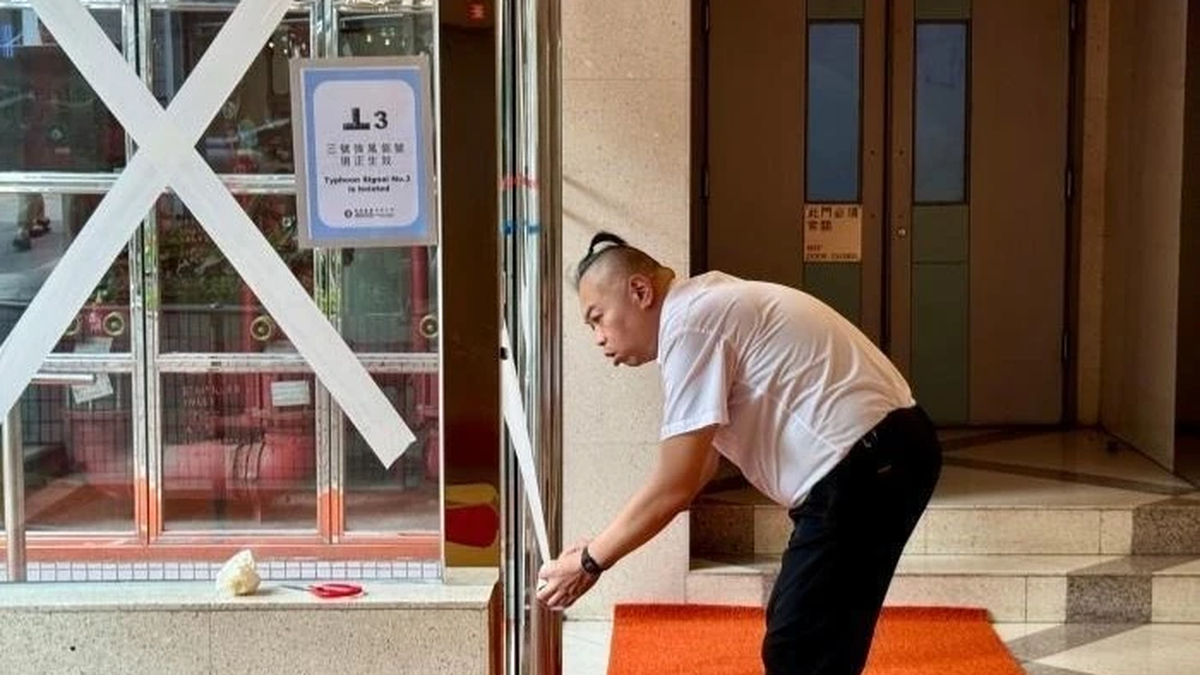

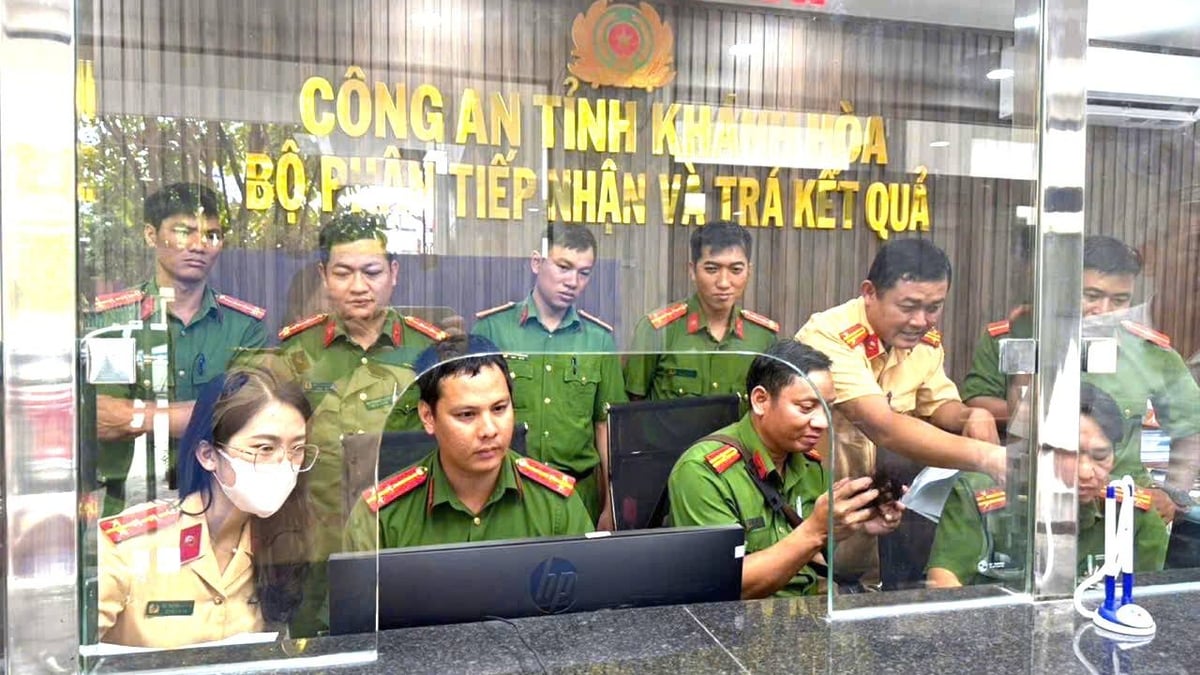
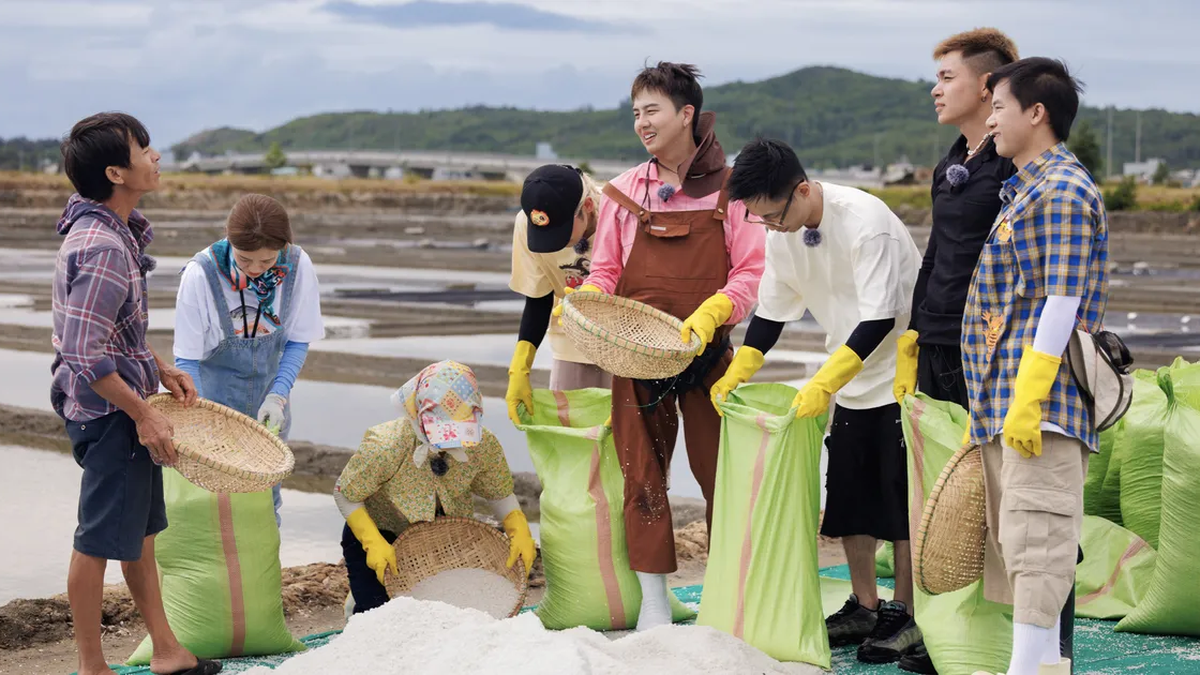
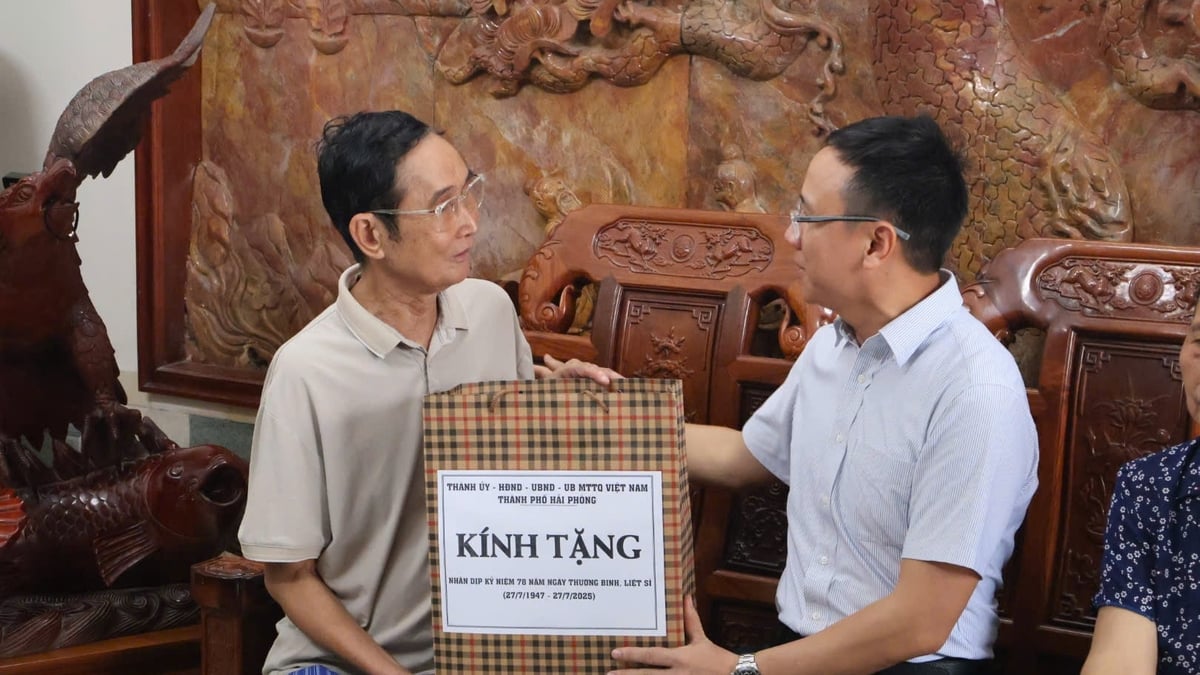
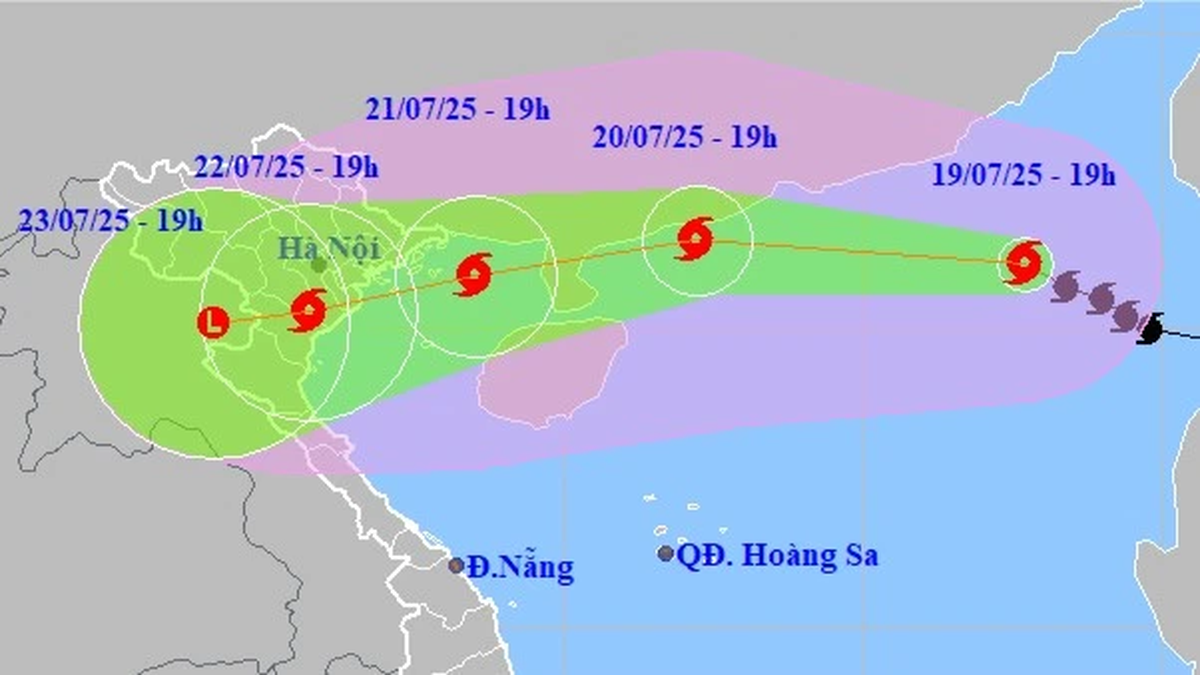
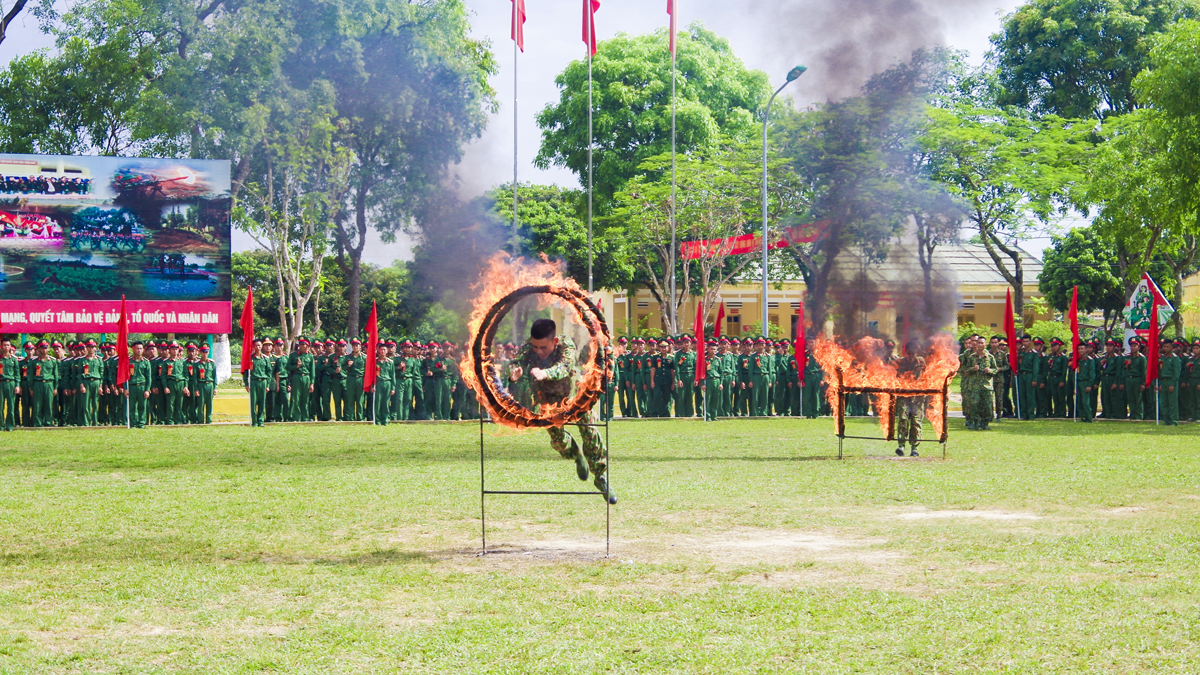












![[Photo] National Assembly Chairman Tran Thanh Man visits Vietnamese Heroic Mother Ta Thi Tran](https://vphoto.vietnam.vn/thumb/1200x675/vietnam/resource/IMAGE/2025/7/20/765c0bd057dd44ad83ab89fe0255b783)




































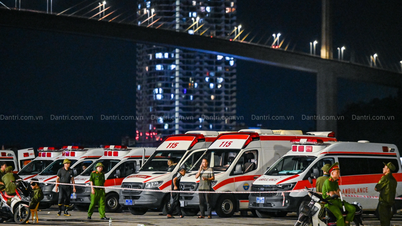




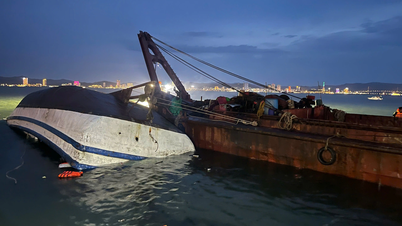

































Comment (0)